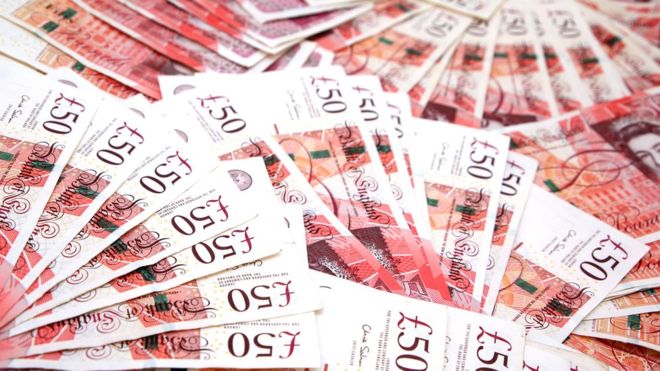After 2020 the £50 banknote will be issued in plastic and the Bank of England are asking the British public to nominate prominent scientists to feature on it. Since the nomination announcement in November there have been over 174,000 nominations and 800 short-listed names released, with odds for the likely contenders already starting to take shape.
Talk of who will feature on the new £50 may come as a surprise to some, as there were plans to abolish the largest note in March after a review from the Treasury highlighted concern regarding its use in criminal activity. However, the new plastic note is supposedly more durable and harder to forge, so, the £50 note seems to be here to stay.
As previously mentioned, the Bank of England have asked for nominations on account of scientific endeavour, a change from the current £50 note first issued in 2011 featuring Matthew Boulton FRS and James Watt. Boulton was a British manufacturer, and his business partner Watt a Scottish engineer. They were pioneers of the steam engine industry, and their work included supplying the coining machinery for the Royal Mint. Former Governor of the Bank Of England Mervyn King said “The Bank’s choice of Boulton and Watt, (is) a reminder of the invaluable contribution from engineering and the entrepreneurial spirit to the advancement of society,” (1), recognising the “unique and rare opportunity that the Bank has (..) to acknowledge and promote awareness of our nation’s heritage of artistic, social and scientific endeavour”.
With this in mind, the criteria for nomination is simple. The contender must have made a contribution to the field of science, be real, be deceased, have shaped thought, innovation, leadership, or values in the UK, and inspired (not divided) people.
The biggest contenders nominated so far include British theoretical physicist Stephen Hawking, discoverer of penicillin Alexander Fleming, and wartime code breaker Alan Turing. Hawking, who only passed away this March, earned global recognition for his work describing the history of the universe whilst living with ALS (amyotrophic lateral sclerosis). He is a household name who has made very significant contributions to science, as well as raising awareness for his condition and the capabilities of others with it. Fleming and Turing are not as recently deceased, however both of their work has proven to be long-lasting and is still ever-relevant today.
Since the campaign for Jane Austen to feature on the new plastic £10, there has been a call for more women’s achievements to be acknowledged on banknotes. With many deceased women in science still lacking recognition for their work, perhaps a female scientist on the face of the new note would be a step in the right direction. With this intention, Rosalind Franklin would be a prudent choice. She was a British chemist and X-ray crystallographer, and it is now well established amongst scientists that Franklin’s role in understanding the molecular structure of DNA was overshadowed by her male counterparts. Needless to mention, the understanding of the structure of DNA has had a large impact on science from many angles.
However, Franklin sits amongst many other worthy female scientists that have been listed as eligible nominees, such as British-Jamaican nurse and business woman Mary Jane Seacole, psychoanalyst Anna Freud, and former prime minister Margaret Thatcher.
There has been a lot of attention drawn to the nomination of Margaret Thatcher, who has made the shortlist for her contribution to the ice-cream industry before her run as prime minister. She had a Chemistry degree from Oxford and was part of a research team employed by J Lyons to work on rival ice-cream to Mr Whippy, Mister Softee. However, she made the shortlist before the restrictions were made on the eligible criteria, and it is unlikely that she will progress to be on the note.
The news of the nominations is also an opportunity to shed light on to lesser known scientists such as Ada Lovelace. Lovelace was the first computer programmer and offered insights on the unheard of connection between science and the arts by considering how a computer could be used in connection with music. Her work is the basis of most computer programming today, impacting massive numbers of lives, but not many people know her name. Many believe somebody like Lovelace, who people aren’t as aware of, would make a perfect feature.
If reading this article has got you thinking of a scientist that should be nominated, why not visit the Bank Of England website and nominate them, the deadline is tomorrow, but the nomination form takes only a minute to fill out.
By Dayna Francis
image source: bbc.co.uk

